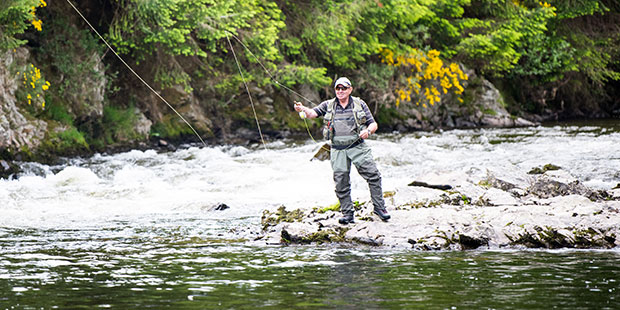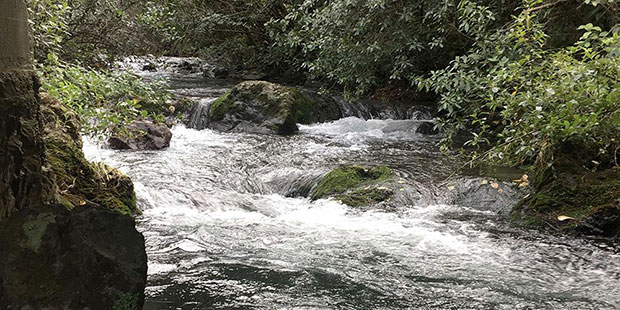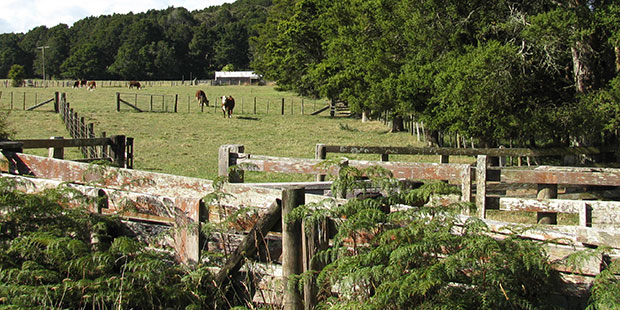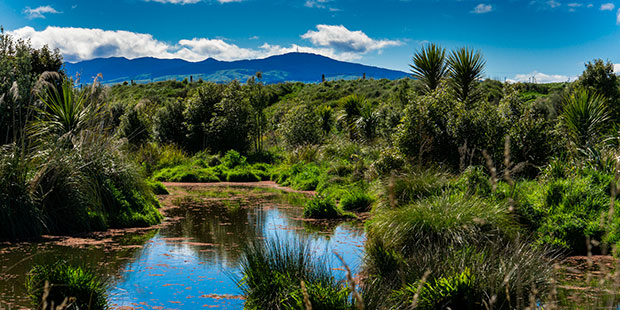$3m to save a river
‘Daunting’ planting project will bolster farmer group’s environmental work along high value river.
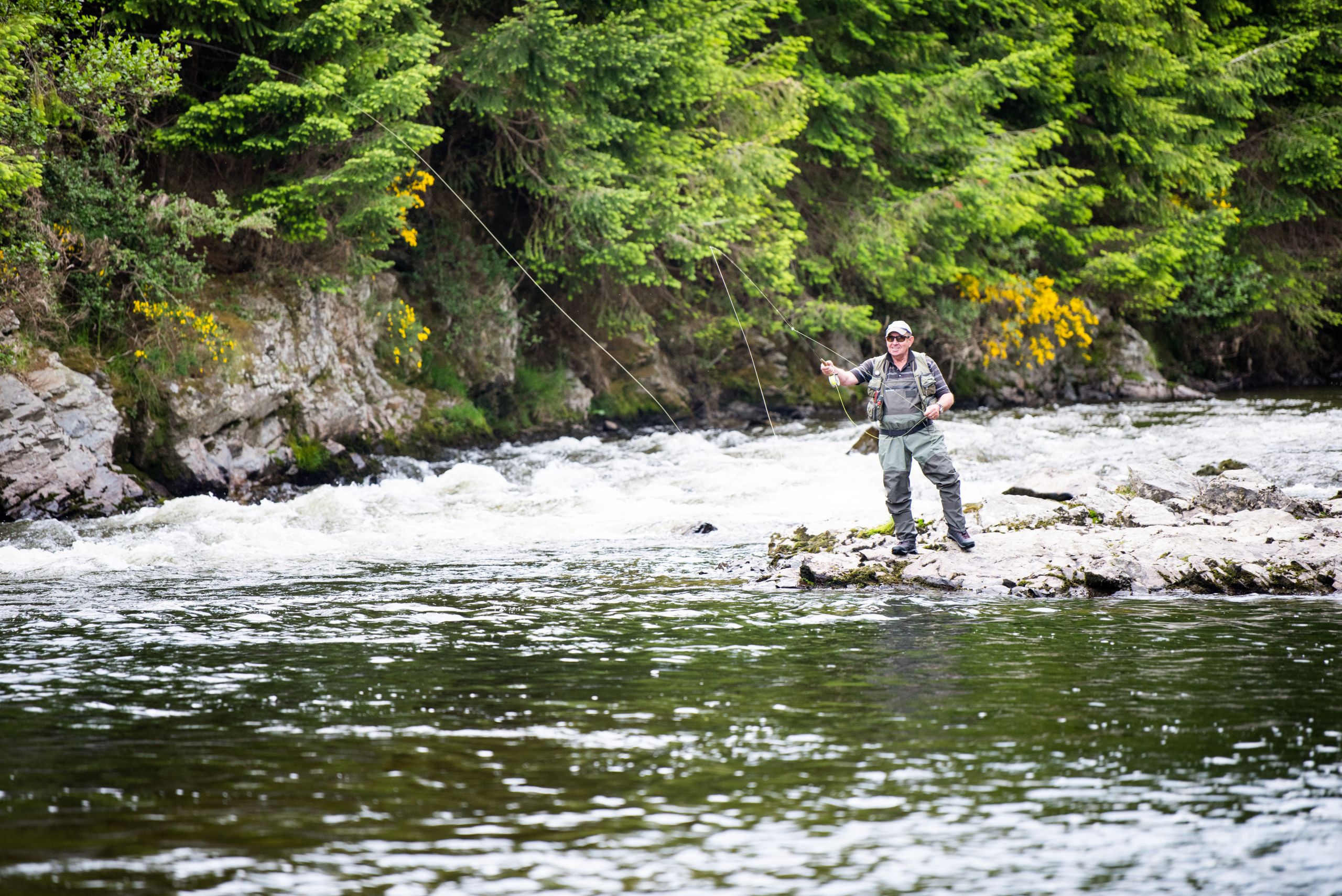

A water quality project started by a group of farmers in Otago six years ago has received a major boost with more than $3 million of government funding available to plant 216,000 native riverbank species over the next three years.
Already the first 5000 have been put in along the banks of the Pomahaka River and its tributaries and the group overseeing the project is aiming to have 20,000 in the ground by the end of November.
Project manager Lloyd McCall says the government funding – which will also pay for 100km of riparian fencing on farms in the district – will be awarded under the Jobs for Nature initiative. He says it is a significant development and will help continue work to improve the water quality in the 2020sqkm catchment around the river.
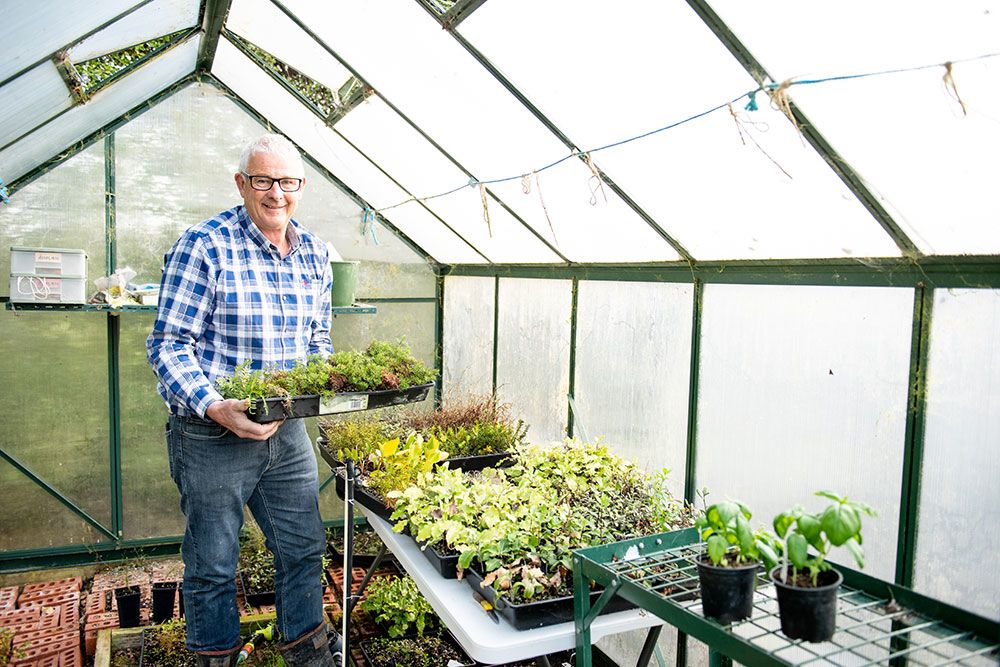
Lloyd McCall. Photo / NZME.
Lloyd McCall. Photo / NZME.
McCall, a local businessman and dairy farmer, helped set up the Pomahaka Water Care Group (PWCG) in 2014 with the aim of turning the Pomahaka – long considered one of New Zealand’s prime fishing destinations - back from the brink of environmental disaster.
The river has suffered degradation over many years – E.coli levels and nitrate leaching into the water are among its most pressing problems - but the work of the PWCG is beginning to turn the tide and restore the river to health.
Tests in the last 12 months show the presence of E.coli has fallen by up to 90 per cent and nitrate by up to 60 per cent. This success has helped attract the government funding, $2.3 million of which will come from the Provincial Growth Fund (PGF) and $1.4 million from the One Billion Trees (1BT) Fund.
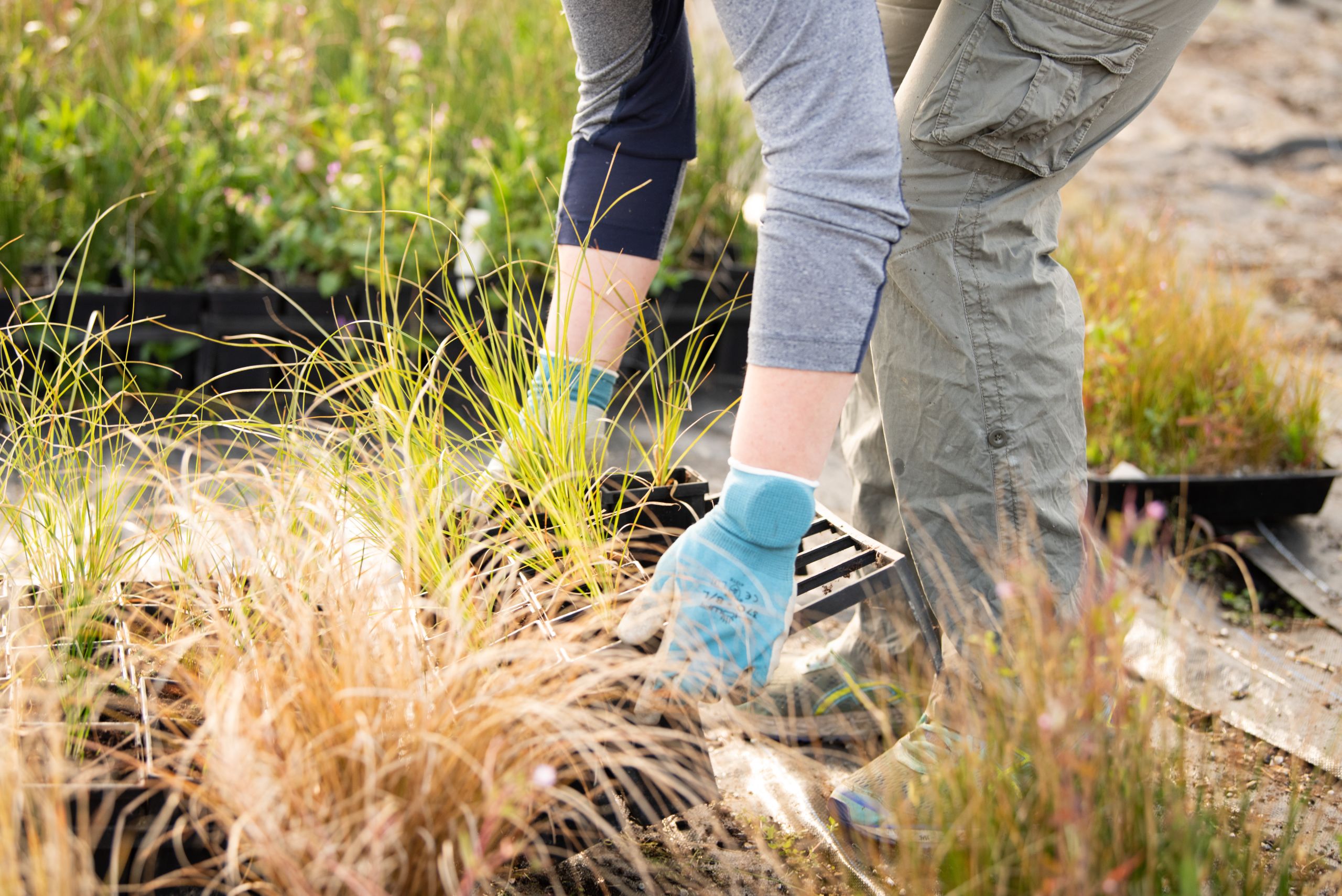
Photo / NZME.
Photo / NZME.
McCall says the PGF money will be used for fencing and to put in 108,000 trees over a two-year period. A further 108,000 plants will be paid for out of the 1BT fund, work which will be spread over three years.
There are more than 4000km of waterways in the catchment and McCall says the new plantings are not only aimed at improving water quality but at fostering greater biodiversity on the river’s tributaries.
“We’ll be planting in zones where we get the best water quality investment and while the scale of the project might be a bit daunting we’re pleased to be able to ‘step things up a gear’,” he says. “Once the plants are in visitors to the district should notice an improvement in the appearance of the landscape.”
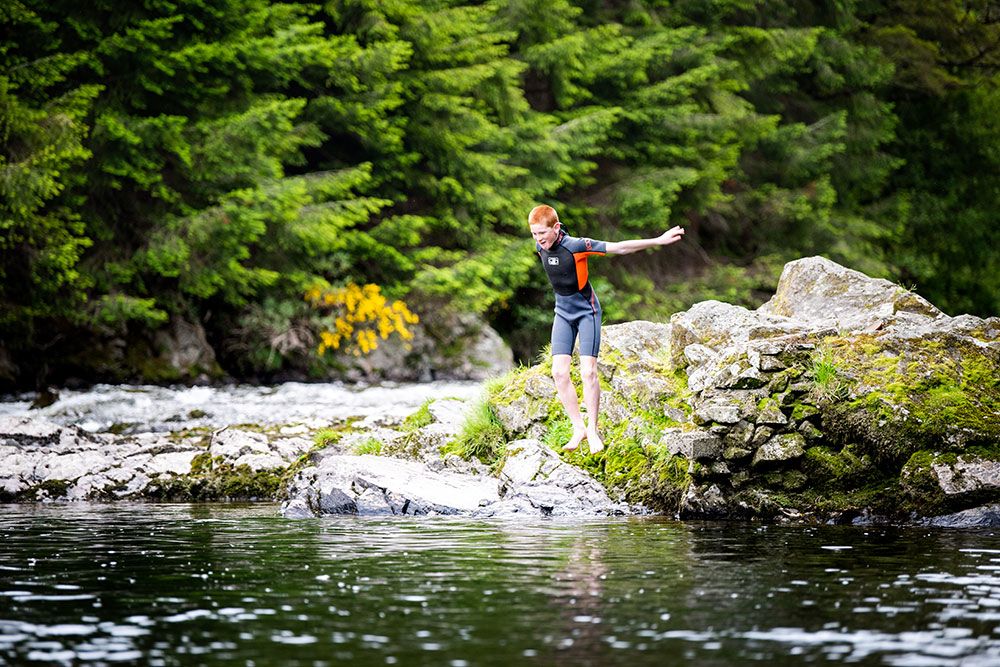
Photo / NZME.
Photo / NZME.
Species such as sedge, flax, toitoi, cabbage tree and ribbon wood will be among those planted. The plants will be supplied by Blue Mountain Nurseries in Tapanui although some will also come from a community nursery established by PWCG.
The fencing will be installed along a targeted 100km stretch of riverbank identified to result in the best environmental outcome. The posts for this work will be provided by a local sawmill.
McCall, who owns a 300ha dairy farm near Tapanui and runs around 650 cows in partnership with his son, is one of 340 farmers in the catchment: “There are actually 440 farms in total, 100 of which are under multi-ownership.”
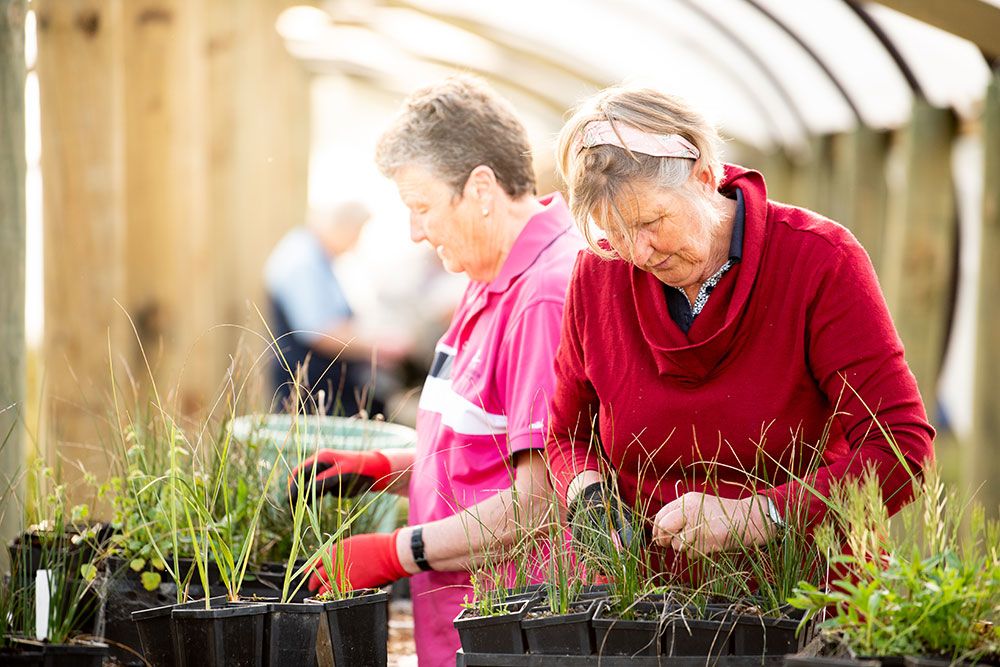
Photo / NZME.
Photo / NZME.
Of these about 100 are dairy farms (average size is 197ha), while most of the rest are sheep and beef operations. In the main the farms surround the townships of Tapanui, Heriot, Waipahi and Clydevale in west Otago.
About 170 farmers are members of the PWCG, but McCall says public meetings have been held in recent weeks to give all 340 in the district the opportunity to take part in the project. Those that do are required to undertake a commitment to maintain the new plantings for up to three years following the completion of the contracts.
The Pomahaka, itself a tributary of the Clutha River, flows for about 98km between Gore and Clutha and has been described by Land, Air, Water Aotearoa (LAWA) as being of “high value” for fishing and many other recreational pursuits. At the same time, however, it was considered one of the most degraded rural rivers in Otago.
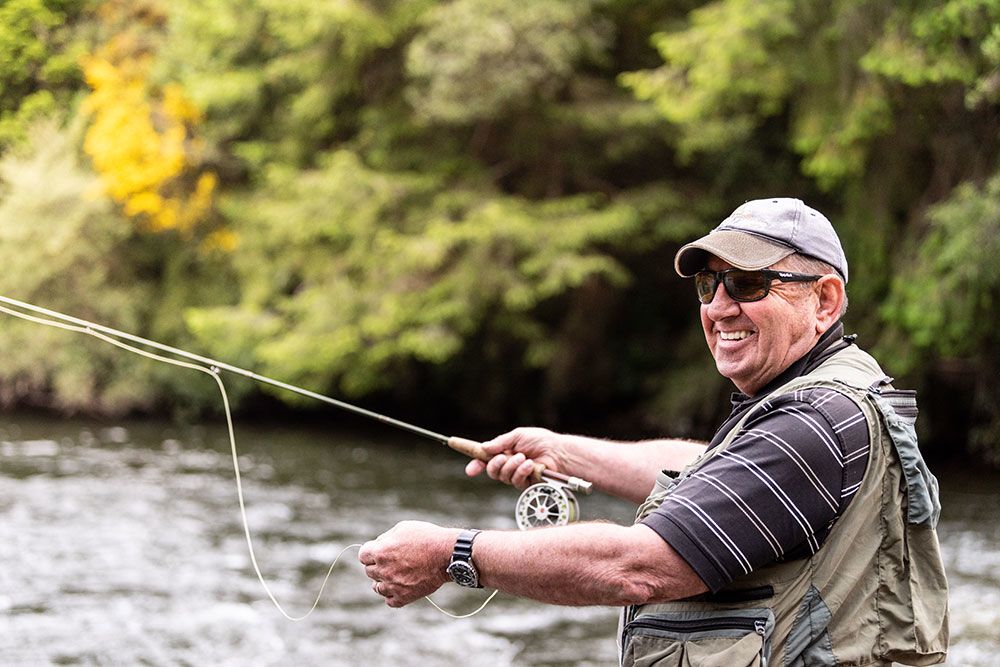
Photo / NZME.
Photo / NZME.
Since PWCG began its work well over 30,000 native trees and plants have gone into the ground from its community nursery. But the group has also encouraged the establishment of best practice farming standards, on-farm discharge testing and the use of sediment traps.
The group tests water quality at 30 sites four times a year and McCall says this has resulted in good gains especially in reducing E.coli and reducing sediment and nitrate leaching.
“Although our water is not perfect and we have issues with E-coli in some areas, we are moving in the right direction,” he says. “Our goal from the start was to make sure the water is healthy for future generations and we are working hard to achieve that.”
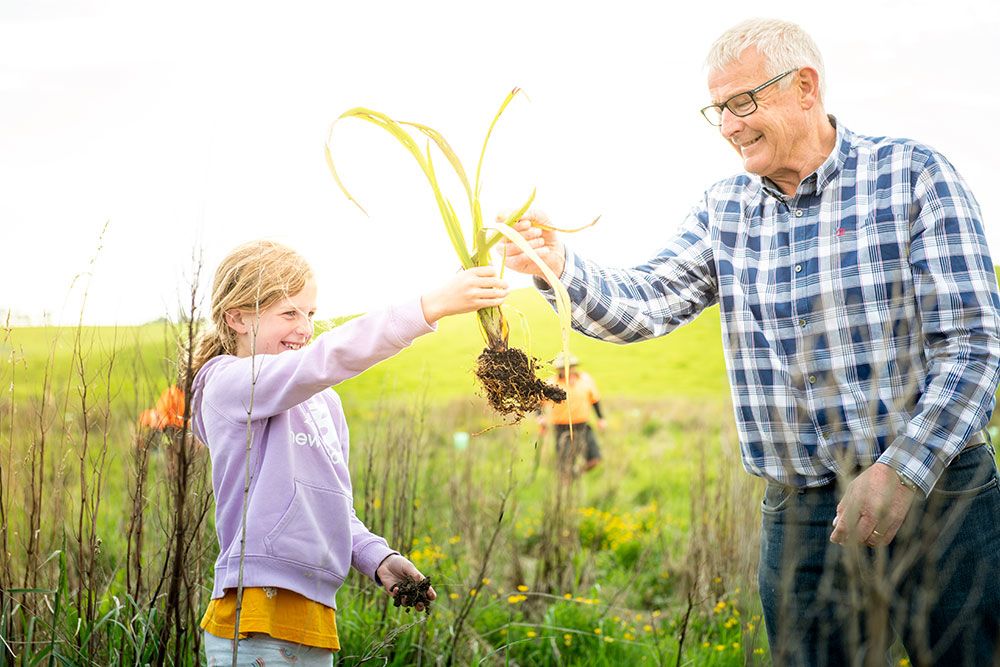
Photo / NZME.
Photo / NZME.



